The best method to cool a drink depends on how cold you want your drink to be
The serving temperature for bayer and pale ale is around 9°C. A 0.33L can needs 2 minutes in salty ice water to reach this temperature, or 15 minutes in a tap water bath.
Cool a drink in a 0.33-litre can:
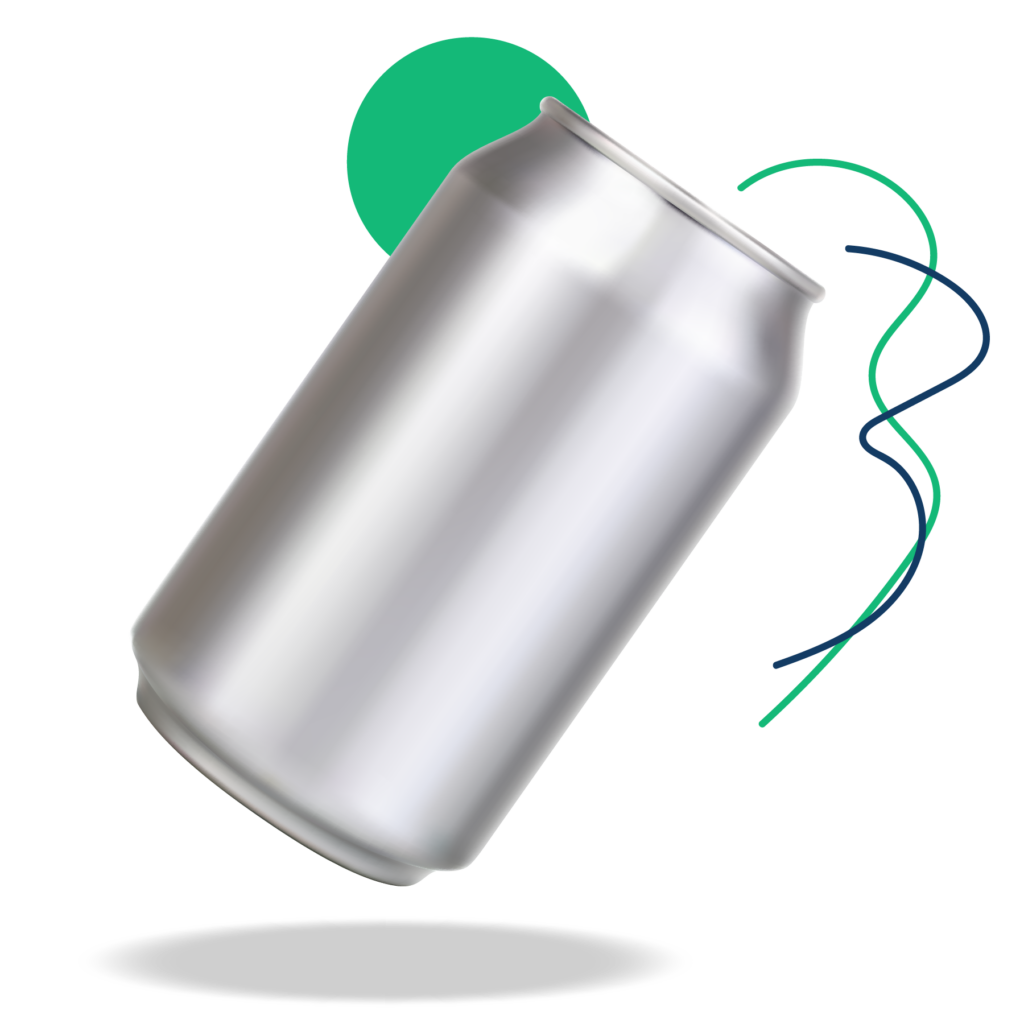
| Cooling method | Temperature (°C) | Time |
|---|---|---|
| Ice bath with salt | 5°C | 2.5 minutes |
| Ice bath | 5°C | 10 minutes |
| Snow | 5°C | 30 minutes |
| Freezer | 5°C | 1 hour |
| Fridge | 5°C / 9°C | 10h / 2.5h |
| Tap water bath | 9°C | 15 minutes |
Cool a drink in 1.5-litre bottle:

| Cooling method | Temperature (°C) | Time |
|---|---|---|
| Ice bath | 5°C | 20-25 minutes |
| Snow | 5°C | 45 minutes |
| Freezer | 5°C | 1.5 hour |
| Fridge | 5°C / 9°C | 10h / 5h |
| Tap water bath | 9°C | 30 minutes |
If you’re satisfied with 9°C, a 0.33L can cools in 2 minutes in salty ice water. In tap water, it takes 15 minutes.
If you prefer slightly colder drinks, salty ice water is the quickest option
If you prefer slightly colder drinks, salty ice water is the fastest option, achieving 5°C in just 2.5 minutes! This is excellent for sparkling water, soft drinks and lagers. Snow and freezer are good alternative, but the cooling time increases to 30 minutes and 1 hour, respectively.
If you only have your fridge, you need to start early. It takes 2.5 hours to reach 9°C and 10 hours to reach 5°C.
If you only have your fridge, you need to start early. It takes 2.5 hours to reach 9°C and 10 hours to reach 5°C.
Data for 0.33-litre can

The graph shows the cooling time for a beverage in a 0.33-litre can using various cooling methods.
As we can see, salt ice water provides the fastest cooling, followed by regular ice water. The freezer and refrigerator take longer to cool the beverage compared to the colder methods.
Data for 1.5-litre bottle
The graph shows the cooling time for a beverage in a 1.5-litre bottle using various cooling methods.
As the graph indicates, it takes longer to cool a larger bottle than a smaller can. Ice water provides the fastest cooling, followed by the freezer and cold water, while the refrigerator is the slowest.

Tips for optimizing cooling times
Shake regularly
Reduce the waiting time by easy shaking the can or bottle at regular intervals. Temperature is then more efficiently distributed.
Fan in the fridge
A fan reduces cooling time in the fridge by making the cooling process more efficient.
Add fresh snow
Snow melts, so be sure to add fresh snow a couple of times during the cooling time.
Use a hybrid method
Cool for 15 minutes in a water bath (to achieve 9°C), then transfer to the freezer until the desired temperature is reached.
At the beach?
A cooler with ice cubes and/or cooling packs will last all day. A regular bucket can hold for 2-3 hours with a 50/50 mix of ice cubes and drinks.
Test your fridge
The temperature in fridges often varies by multiple degrees from hour to hour. You can check the temperature in your fridge by putting an meat thermometer in a full glass of water and leaving it in the fridge overnight.
In the kitchen
This is me (Kristian Solheim Thinn) at home in my kitchen, where the tests were conducted. Normally, I research temperature in cables.
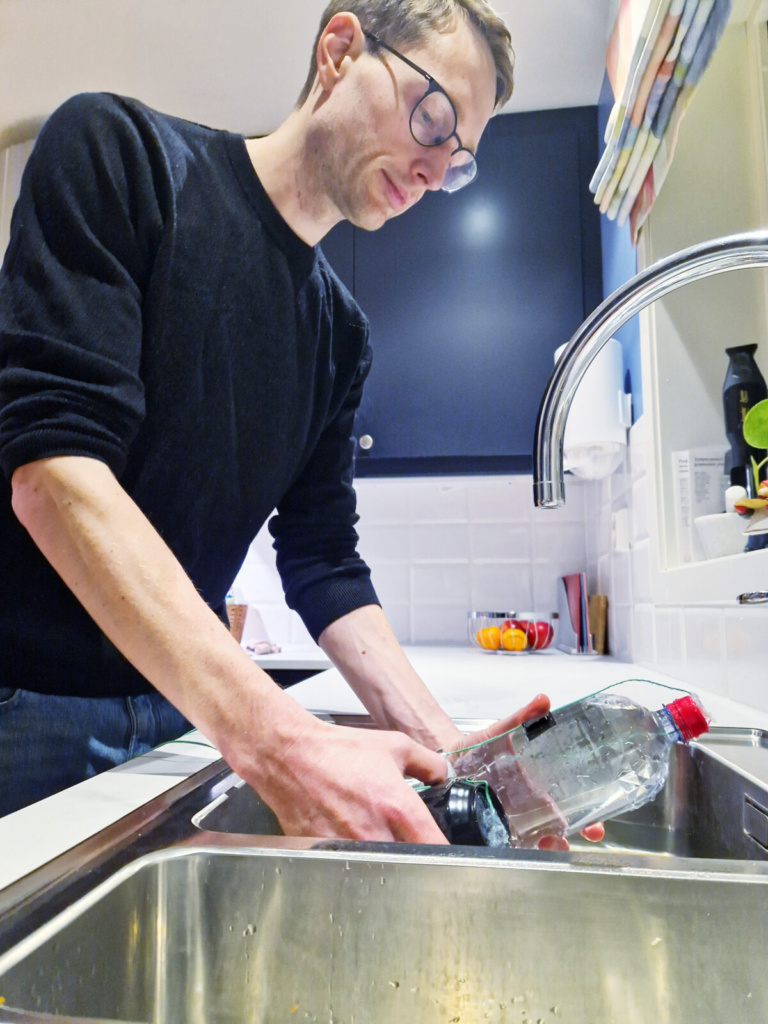
The methodology
The tests were conducted with a 0.33-litre can and a 1.5-litre bottle, each full of water with a thermocouple in the middle. Both can and bottle were 21°C at the start of each test. The cooling mediums tested were a tap water bath (8°C), snow (-2°C), freezer (-20°C), fridge (4°C) and ice bath (0°C). In the last test, 5 liters of water and 1.25 kg of salt were used.
Here are the different methods I used to test the most effective way to cool beverages:

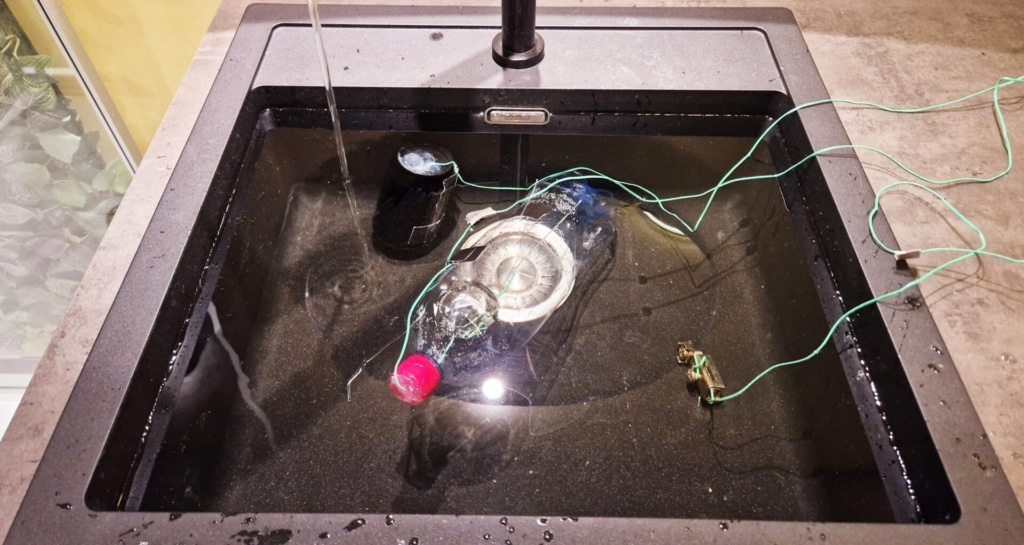
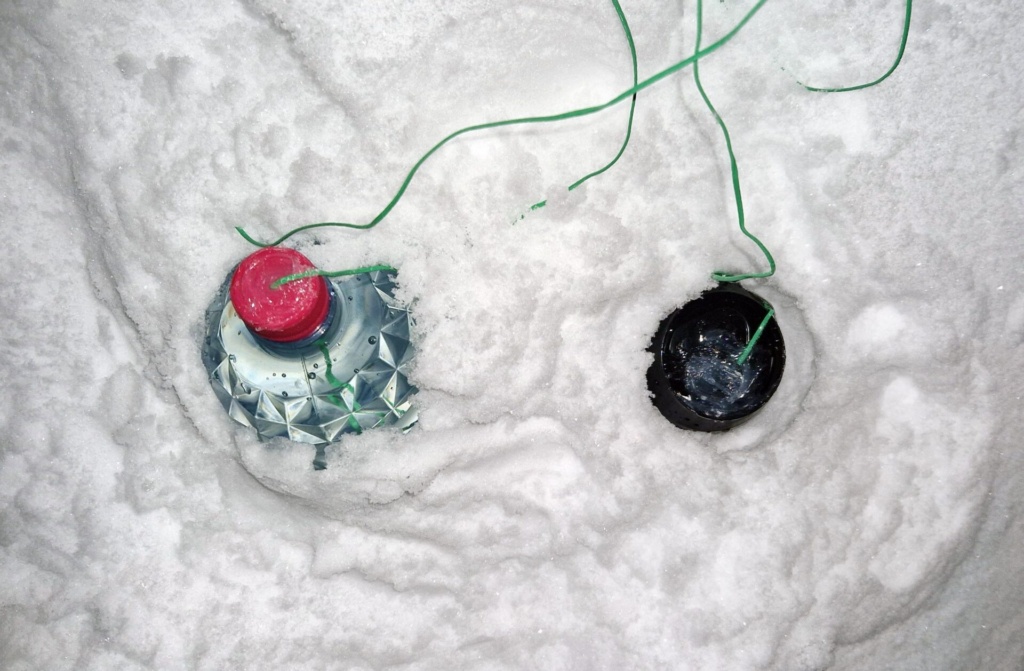
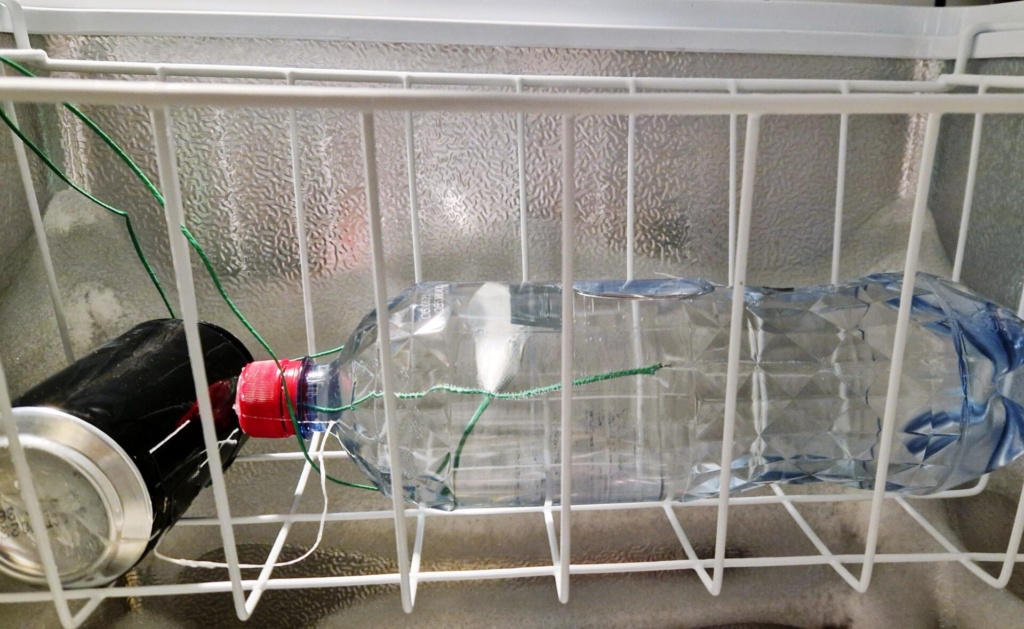
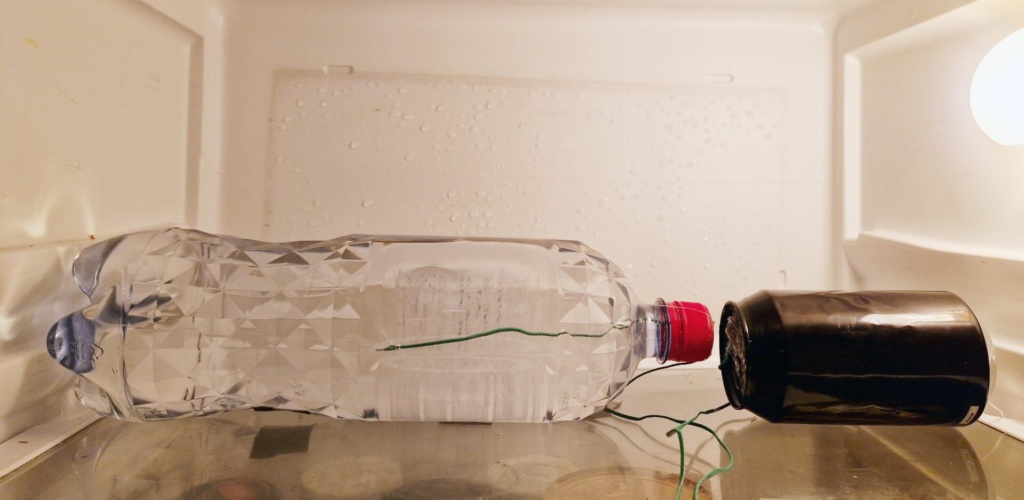
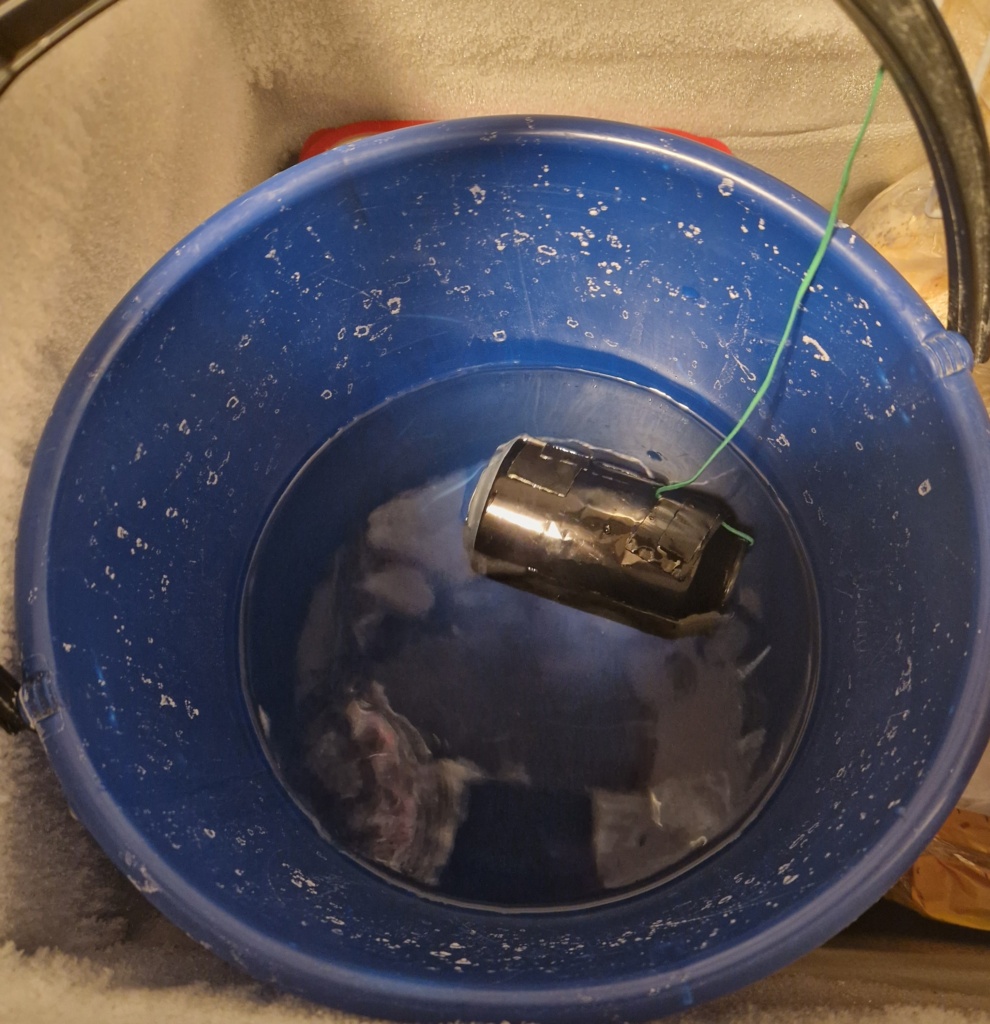
Both methods have been tested, and the results show little to no improvement:
- Freezer: A piece of wet paper was wrapped around the container before placing it in the freezer. The cooling time was identical to that without the paper.
- Sun: Two 0.33L cans were wrapped in thick towels (one black, one white), soaked in water, and placed in the sun. The towels never dried out. The temperature in the cans was the same as in a water-filled bucket placed in the shade. These tests were conducted on a Norwegian summer day with some wind.
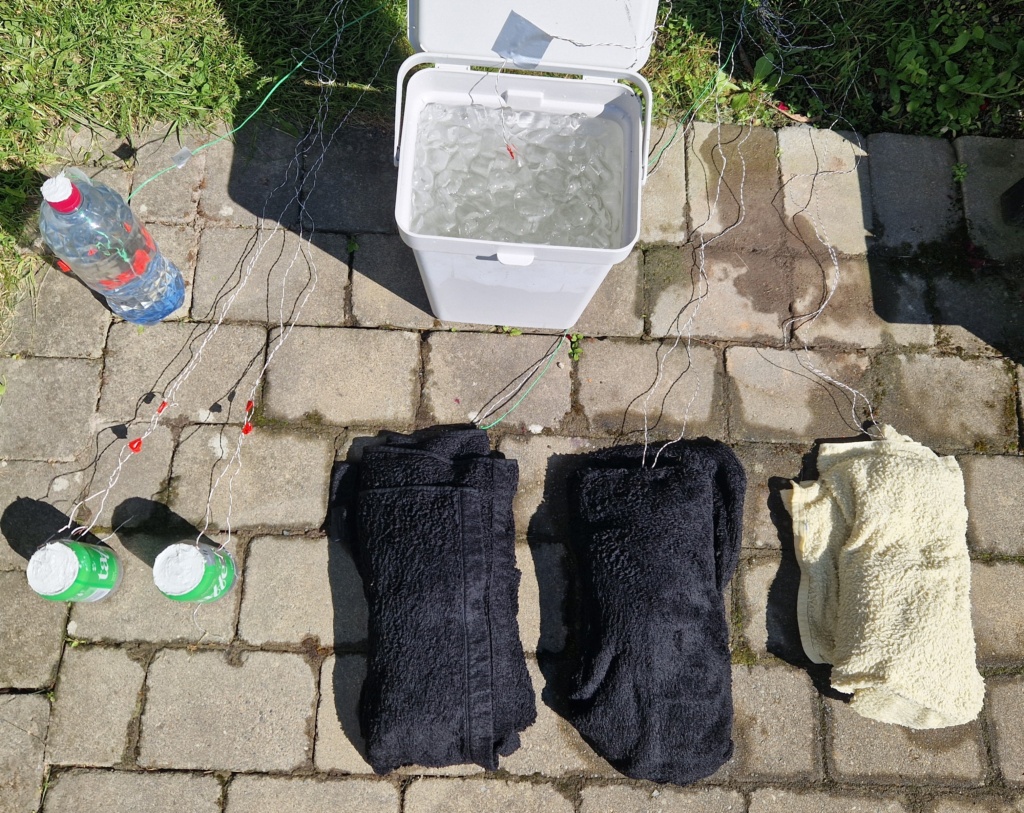
Temperature in cables
Monitoring temperature isn’t just useful for refreshing drinks. At SINTEF, I research electric power components, including temperature inside cables.
In power cables, the temperature acts as a limitation on how much energy can be transferred through them. Most often, 90°C is used as the limit in order to avoid excessive aging of the insulation. Until recently, most cables were operated blindly, as how can anyone know what the temperature is inside cables that are several kilometres long, under the ground?

The most elegant solution is to use optical fibers, which are often used in the newer power cables. The technology is called distributed temperature sensing (DTS), and is a useful tool for power cable owners. When using fibre, the temperature is measured every metre in real time.
In the example, the bottleneck is where the power cable is under a road. If you know the temperature, you know how much power it can transfer. This knowledge can save power utilities large sums of money in unnecessary investments, which in the long run can result in lower network charges for you and me.
Read more about SINTEF Energy Lab, where we test components for the future energy system.
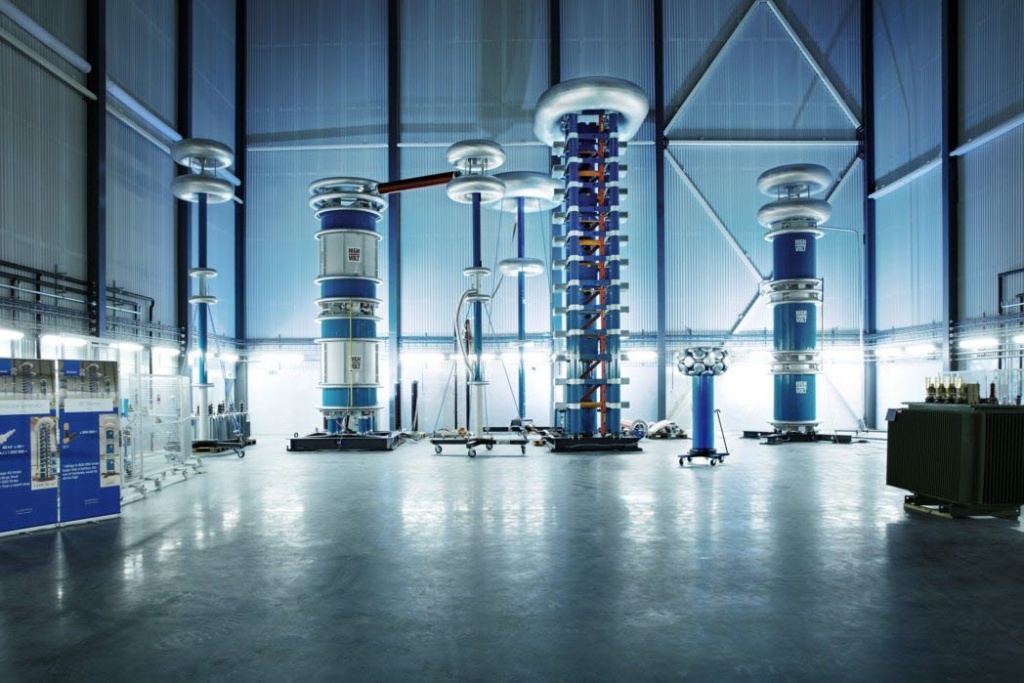
Laboratory
SINTEF Energy Lab
Although this test was conducted at home in my kitchen, I usually work at SINTEF Energy Lab, where we test components for the energy systems of the future. You can read more about our energy laboratory.
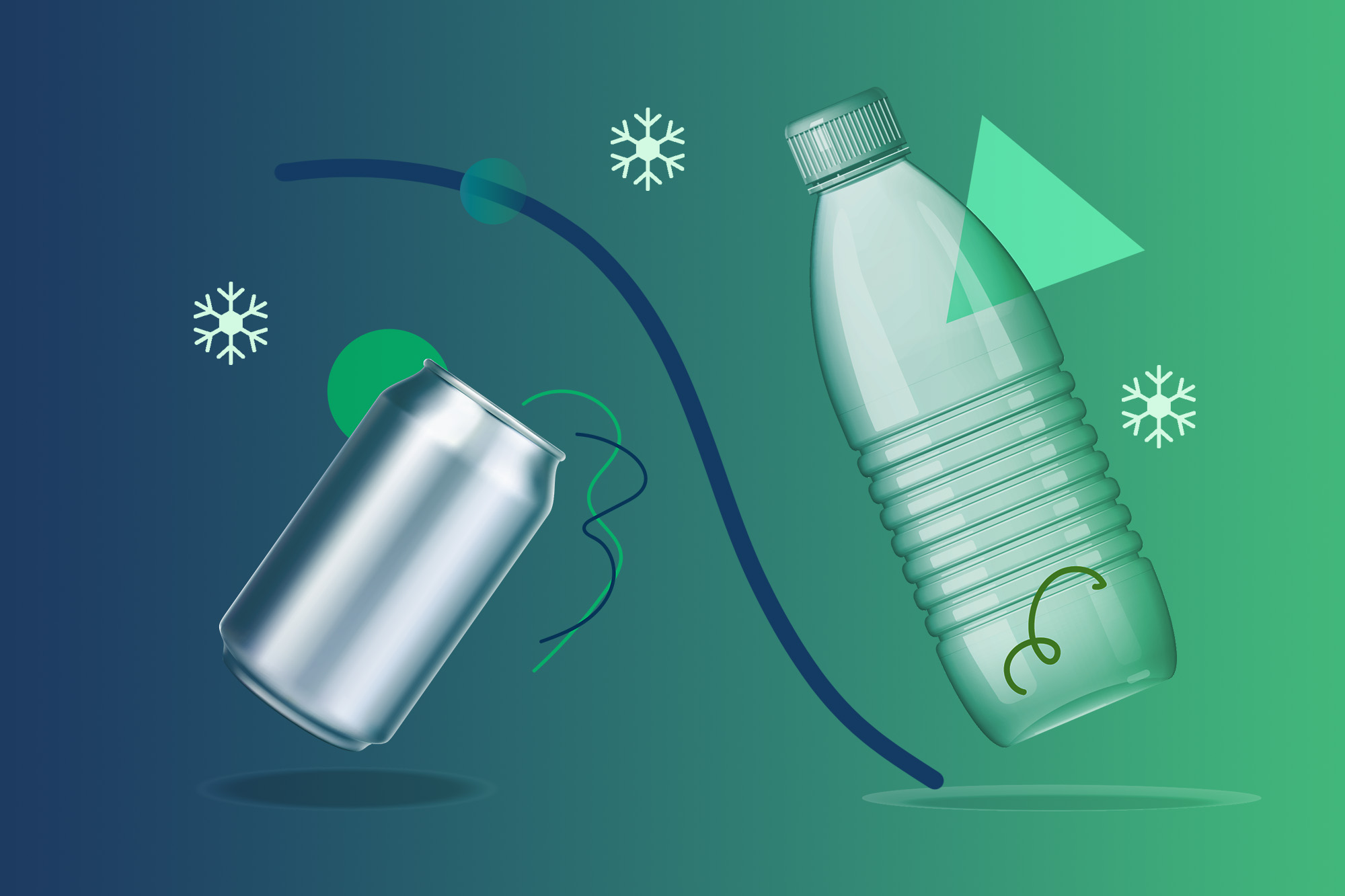








Comments
No comments yet. Be the first to comment!